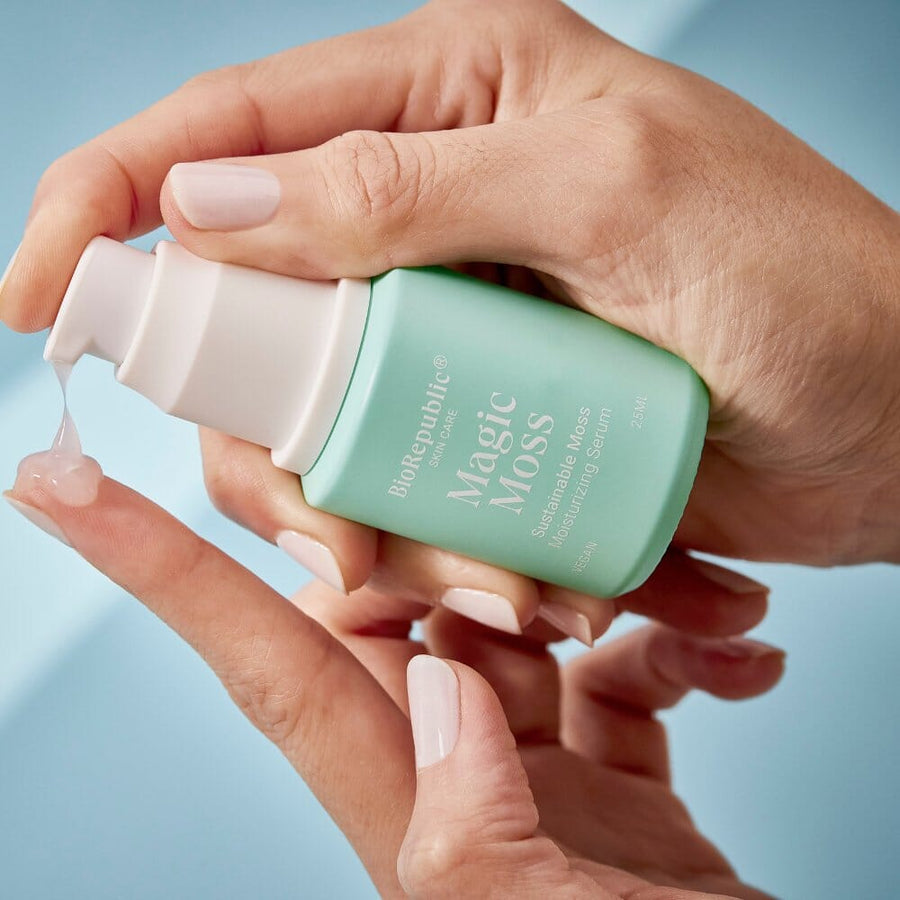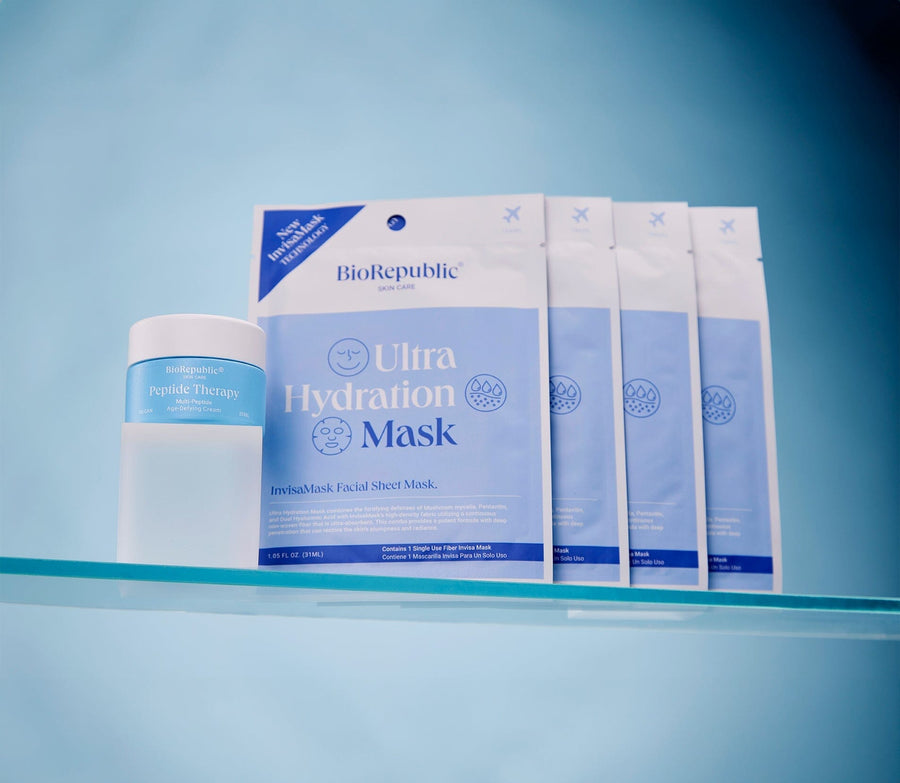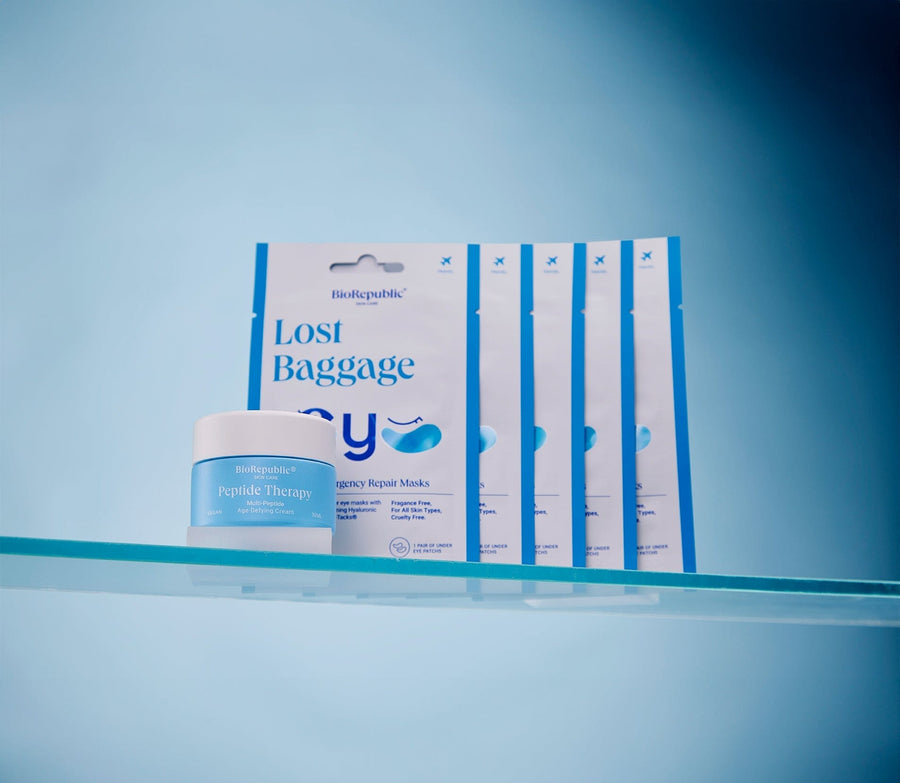Acids aren’t just for chemical peels! Acids serve a variety of purposes in skincare. However, sometimes knowing the different types of acids and their functions can seem quite daunting. But, if you learn more about them, you will see that the gentler or less concentrated versions of acids can have a huge impact on your skin’s appearance. In fact, they can be the difference between having a dull complexion and a dewy, glowing skin! Let’s go over some types of acids and their functions.
Lactic Acid
Lactic acid is an alpha hydroxy acid (AHA) found in milk and milk products like yogurt and cheese. Lactic acid is what makes sourdough bread sour and is also present in fermented foods and drinks such as kimchi, pickled vegetables, and wine. Our bodies produce lactic acid naturally, so it’s not an entirely foreign substance to the human physiology. But what does it do in skincare?
AHAs such as lactic acid, have beneficial exfoliation properties, improving the skin texture and reducing the appearance of hyper-pigmentation and scarring. The outer layer of skin is sloughed off to reveal healthier skin underneath. Our Extra Exfoliation Mask uses lactic acid to remove dead, dull skin and reveal a radiant complexion.
Hyaluronic Acid
Hyaluronic acid is another natural substance that’s produced by our bodies. It’s typically found in the joints—where it increases flexibility—and the skin, where it retains moisture, provides elasticity, and assists with collagen production. Hyaluronic acid is often recommended in supplement form for arthritis and injuries.
As for its skin benefits, hyaluronic acid has many. Its biggest function is to hydrate the skin, helping to reduce dryness and wrinkles for a more youthful appearance. Two of our products feature hyaluronic acid: the Lost Baggage Under Eye Emergency Repair Mask and the No More Years Eternal Radiance Mask, both of which deliver a large dose of moisture to plump the skin and reduce signs of aging.
Glycolic Acid
Another one that comes from the AHA family, glycolic acid is probably the most well-known acid used in skincare products and treatments. Since it is the smallest of the alpha hydroxy acids, it has the ability to penetrate the skin more easily, removing the outer layer of dead skin cells and revealing healthier skin underneath. It can also effectively help with skin issues such as blackheads, hyper-pigmentation, fine lines, enlarged pores, and blackheads. Best of all? Glycolic acid brightens skin, stimulates collagen production, and speeds up healing.
Derived from sugar cane, Glycolic acid was the first treatment-level ingredient to be incorporated into take-home skincare products due to its gentle nature and relatively low cost.
Kojic Acid
While it may not be one you’ve heard of, Kojic acid is used in a drink you probably have heard of—a Japanese rice wine called sake. This acid is produced by several different species of fungi. It comes from the fermentation process in malting rice for the beverage and is beneficial for your skin for many reasons. Kojic acid is primarily effective in decreasing the skin’s melanin production, giving skin an overall lighter and brighter appearance. It also reduces sun damage, age spots, scarring, and hyperpigmentation. The result? A smoother, more youthful glow. Kojic acid is also antibacterial, so it can help preventing breakouts.
Now that you know more about various types of acids, keep an eye out for products that include specific acids to fit your skincare needs.
Which one of the acids you think would work best for your skin type and targeted, problematic areas?
Let us know in the comments!















